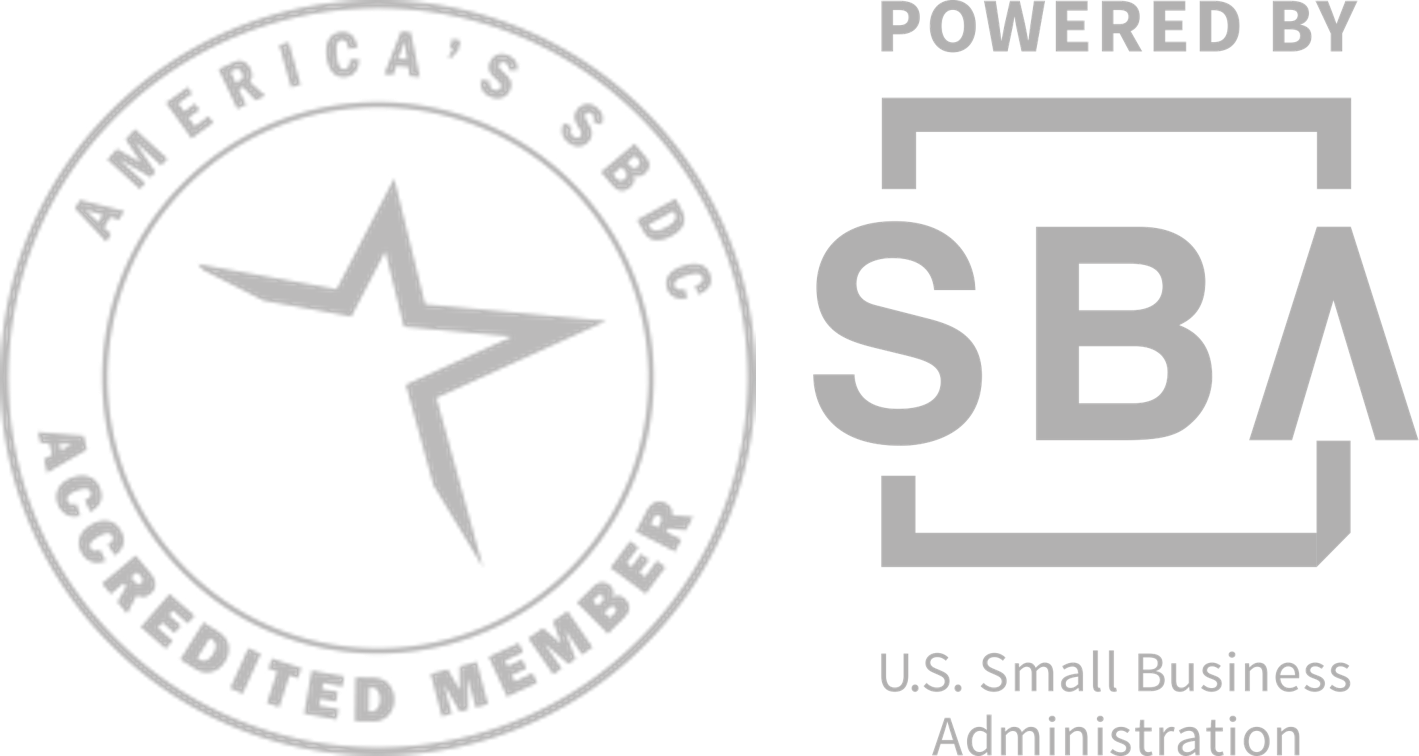Using Depreciation as a Tax Planning Tool

by Simplice Essou | November 22, 2023
In this article you will learn how you can use depreciation as a tool for your business. Below we will go over a few definitions to maximize our understanding of depreciation and compare to other similar accounting practices:
Accounting Definitions
- Depreciation: an accounting practice that allows businesses to spread the cost of a tangible or physical asset over its useful life. Depreciation can be viewed to represent how much of the asset’s value has been used up in any given time period. Tangible assets include equipment, machinery, building, vehicles. For example, if a company purchases a vehicle for $50,000 and uses it for at least 51% of the time in the business. The total cost of the purchase including taxes, title cost for the vehicle the vehicle will be depreciated over its useful life of 5 years. Using the straight-line method which is one of the four most used methods to calculate depreciation expense, the business is allowed to take a deduction for $10,000 every year as depreciation expense.
- Depletion: just like depreciation, cost depletion allows businesses to allocate the cost of extracting natural resources such as oil, gas, timber. These costs are recorded as operating expenses and reduce pretax income.
- Amortization: used for tangible assets such as patents, copyright, software costs. The costs of these assets are spread over the economic life of the assts.
Depreciation Methods
The tax code allows several types of depreciation expense methods. The most common ones are straight-line, double declining balance, sum of years digits, and units of production. We will discuss the first two methods below, as they are the most commonly used:
- Straight-Line Depreciation Method: The straight-line depreciation method is the most used and the simplest method for depreciating an asset. It allows for the cost of the asset to be spread evenly over the life of useful life of the asset.
- Double Declining Balance Depreciation Method: The Double declining balance depreciation method results in a larger amount of depreciation expense taken in the earlier years as opposed to the last years of the asset’s useful life. This method considers the fact that newly purchased assets are more productive in the early years of life than in the later years.
Using Depreciation as a Tax Planning Strategy
Tax planning involves the analysis of a business financial situation with the goal of maximizing tax breaks and legally minimizing the tax liabilities. Maximizing business expense deductions is one of the main bases of tax planning strategy. As discussed, depreciation allocates a portion of business assets over the period of time that the tangible assets are expected to be used to generate revenue. Depreciation expense is reported on the income statement just as any normal business expense. This expense reduces the business’s taxable income and can help reduce taxes. The larger the depreciation expense is, the lower the business taxable income will be, which the taxes are ultimately based on, and therefore the lower the tax bill. Depreciation expense thus has a direct impact on the business’s cash flows. By maximizing depreciation expenses especially in years of high revenue, the business can improve cash flows. On the other hand, a lower depreciation expense amount will result in a higher taxable income thereby increasing the tax bill. When used judiciously, depreciation expense can be a powerful tool to manage the business’s cash flows.
Overall, depreciation can be beneficial for your business’ bottom line, if done so correctly. Using depreciation as a tax planning strategy can minimize tax liabilities thus affect cash flow and the bottom line. Therefore, planning early on and choosing a depreciation method that is best for your business is always recommended.
Author: Simplice Essou



